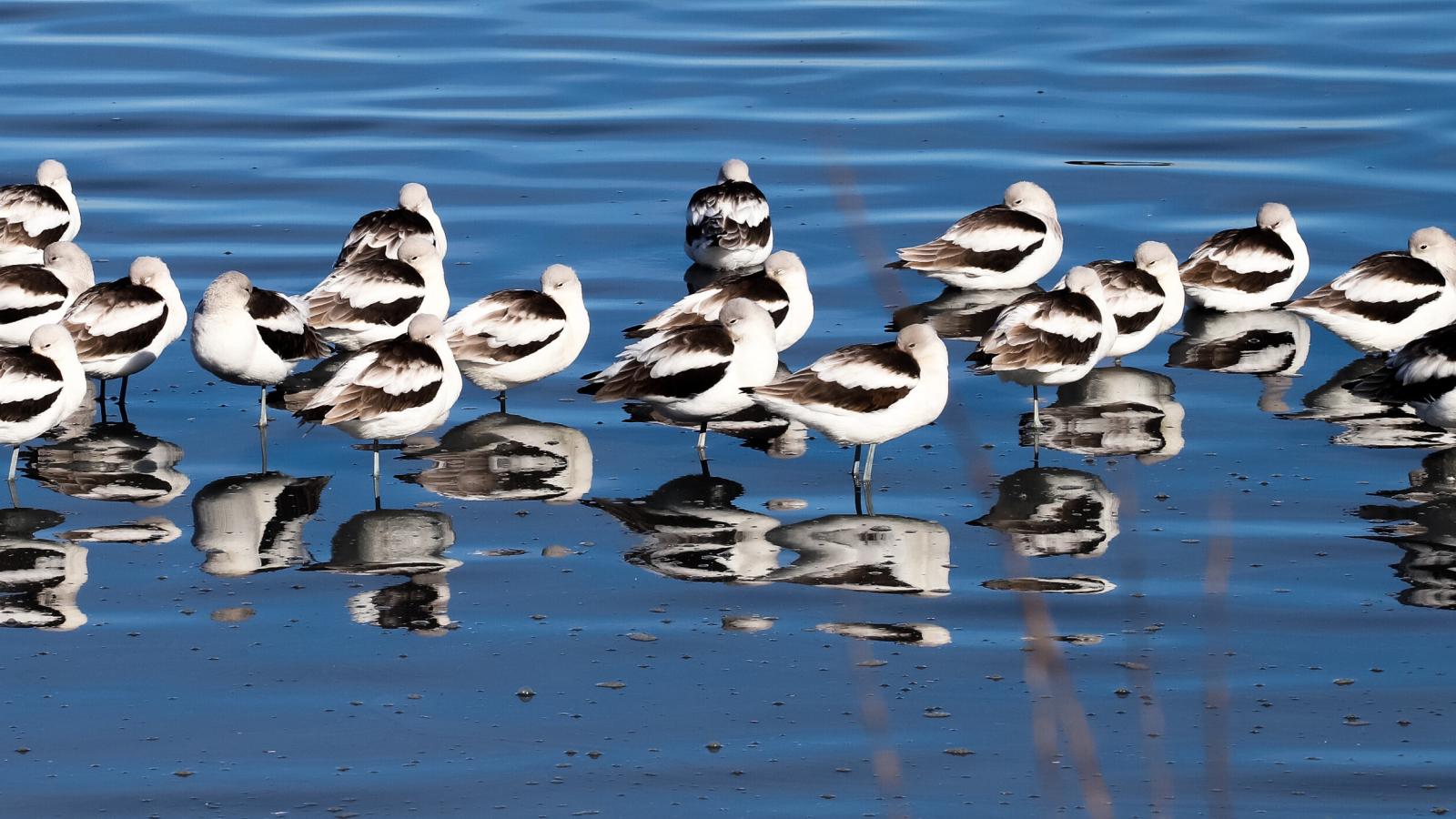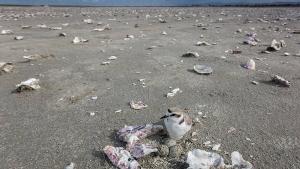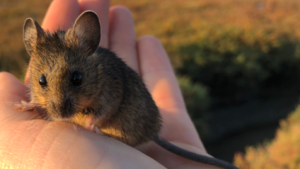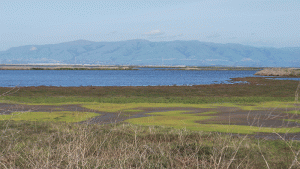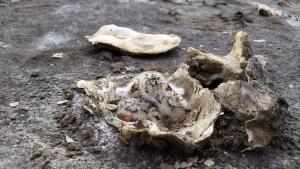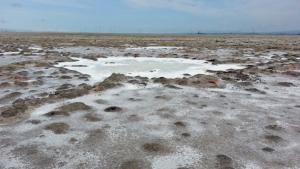Stevens Creek Shoreline Nature Study Area is a birders paradise. At this 55-acre bayfront preserve, located adjacent to Shoreline Park in Mountain View, visitors can view a wide variety of waterfowl and shorebirds, including black-necked stilts, mallards, snowy and great egrets, great blue herons, cormorants, and pintails. Though vastly different from long ago conditions, a unique ecosystem has developed over the past century that many species now rely on. The San Francisco Bay and its man-made ponds are a critical stopover along the Pacific Flyway, providing habitat for more than one million migrating water birds each year and for many resident breeding shorebirds, including the federally protected western snowy plover.
Stevens Creek Shoreline Nature Study Area Restoration Project
Midpen's Stevens Creek Shoreline Nature Study Area (SCSNSA) sits along the San Francisco Bay shoreline between Stevens Creek and Moffett Field. It functions as a contained, open water pond that is part of a larger stormwater retention basin for NASA's Moffett Field. The SCSNSA opportunistically provides habitat for breeding western snowy plovers and allows for multiuse recreational opportunities along a levee-top segment of the Bay Trail.
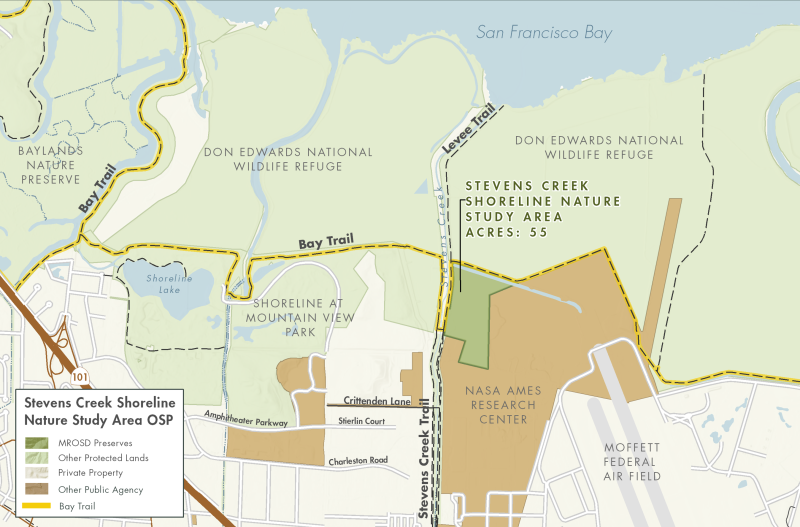
There are currently several multi-agency initiatives to restore the San Francisco Bay to a more natural and resilient ecosystem capable of countering the effects of climate change and sea level rise. Actions include converting retired salt evaporation ponds back to tidal marsh, refurbishing salt ponds to manage as intentional habitat for non-marsh species like breeding snowy plovers, and reestablishing transition zones to provide high tide refuge habitat for marsh species like the salt marsh harvest mouse.
The project's main goal is to provide quality habitat for shorebirds to help balance resource needs throughout the bay that will have an overall net benefit by restoring more tidal marsh habitat and increasing climate resilience.
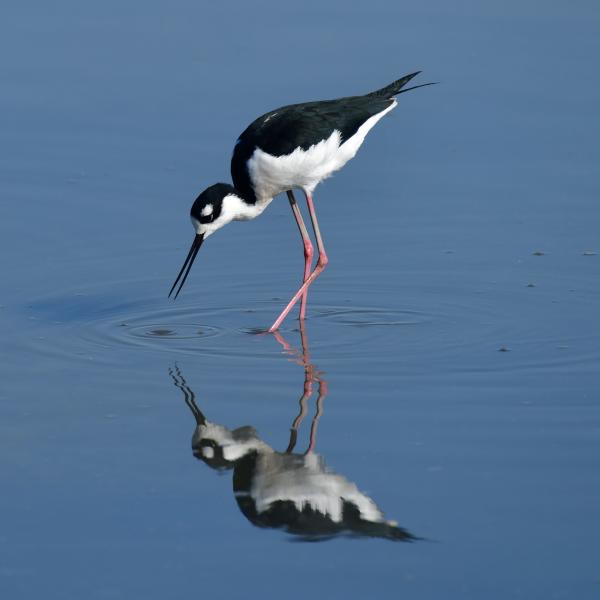
Project Restoration Goals
- Salt ponds to tidal marsh
- Curb sea level rise impacts
- Shoreline resilience and protection
- Carbon sequestration
- Reconnection of creeks and sloughs
- Native habitats and species

